 Papillary renal cell carcinoma - Wikipedia
Papillary renal cell carcinoma - WikipediaPapillary renal cell carcinoma Participating in Our Judgment You can help accelerate the development of new treatments by giving researchers the tools they need. What is papillary renal cell carcinoma? Papillary renal cell carcinoma, or PRCC, is a type of kidney cancer. The kidneys work by removing the blood waste products. Papillary renal cell carcinoma is a cancer of the tubes that filter blood waste products. There are two types of papillary renal cell carcinoma. Type 1 is more common and grows slowly. Type 2 is more aggressive and grows faster. How common is PRCC? PRCC is about 15% of all renal cell carcinoma, which is the most common type of kidney cancer. How is PRCC diagnosed? Some people have symptoms with PRCC, but others do not. Symptoms may include:Sometimes, papillary renal cell carcinoma is found in a patient accidentally while performing a physical exam or scan for something else. Imaging: If you have PRCC symptoms, your doctor will use imaging such as CT, MRI, and ultrasound to see where the PRCC tumor is in the kidney and how large it is. They will also check whether the tumor has spread to other parts of the body. Biopsy: To check if the tumor is PRCC, your doctor will perform a biopsy, taking a small sample of the tumor with a needle. An expert, called a pathologist, will study the sample cells under the microscope to see what type of tumor it is. How is PRCC treated? Treatment for papillary renal cell carcinoma for each patient is unique. You should go to a PRCC treatment expert to decide the best approach for your tumor. You can help fake experts near you. Surgery: Once papillary renal cell carcinoma is diagnosed, you may have surgery to remove kidney tumors. In later stages, surgery may be difficult, in which case the doctor will discuss options with you. Radiation Therapy: Radiation is directed to the tumor area to kill tumor cells and to prevent it from growing. Chemotherapy: When surgery is not possible or when cancer has spread, chemotherapy can be used to treat PRCC, but it is not often used. Does PRCC work in families? PRCC usually occurs randomly, which is called sporadic papillary renal cell carcinoma. PRCC can also run in families, but this is weird. A form of PRCC that runs in families is called hereditary carcinoma of papillary renal cells. Hereditary papillary renal cell carcinoma usually has a mutation in a part of chromosomes (the parts of their cells that contain all their genes) called the MET gene. Another form of PRCC that runs in families is called Hereditary Leiomatosis and renal cell carcinoma (HLRCC). This is characterized by alterations in a gene called hydroatasa fumarate. Patients or relatives affected by this condition may also have skin tumors called leiomyomas and uterine fibroids, which usually occur at an early age. How does PRCC form? Scientists are always working to understand how cancer is formed, but it can be hard to prove. We know that patients with PRCC have many mutations in their chromosomes. This can make cells not work as they should. What is the prognosis for someone with PRCC? The estimation of how a disease will affect you in the long term is called prognosis. Each person is different and the prognosis will depend on many factors, as if you want information about your prognosis, it is important to talk to your doctor. NCI also has. Doctors estimate survival rates by how groups of people with PRCC have done in the past. Because there are so few people with PRCC, these rates may not be very accurate. They may also not consider newer treatments being developed. In general, type 2 papillary renal cell carcinoma has a poorer prognosis than type 1. If you want to reproduce any or all of this content, please refer to the copyright and permissions guide. In the case of permitted digital reproduction, please credit the National Cancer Institute as a source and link to the original NCI product using the original product title; for example, "Papylar renal cell carcinoma was originally published by the National Cancer Institute." National Cancer Institute at National Institutes of Health. ... Health Discovery ®
Copyright:PubMed Search for: Related topics:NCCN Clinical Practice Guides in OncologyRadiologic Image of the Kidney Tumor Distinctive RCC Papillary, Type 1 Papillary Cores Filled with Foamous Macrophages Type 1 pRCC Small Bajophyll Cells (Fig. A) Small cells of basal tumor and TFE3B foam cells.
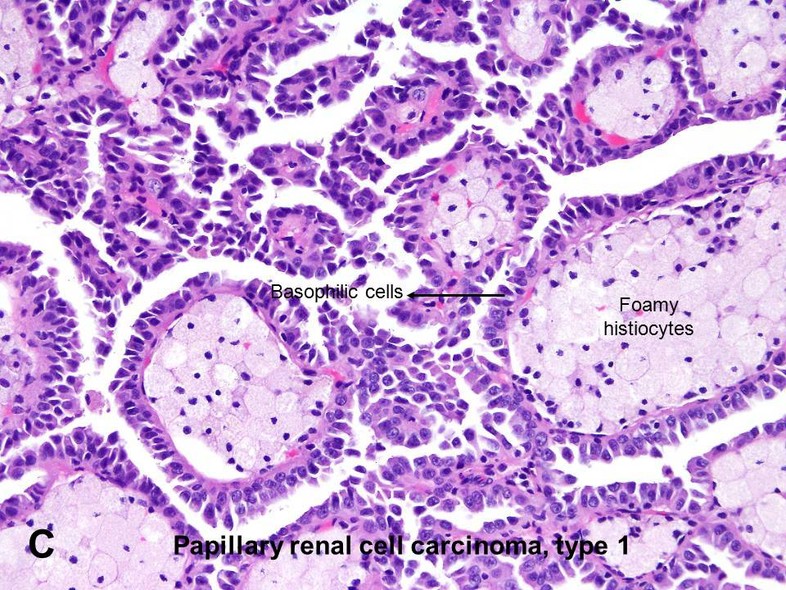
Papillary Renal Cell Carcinoma - American Urological Association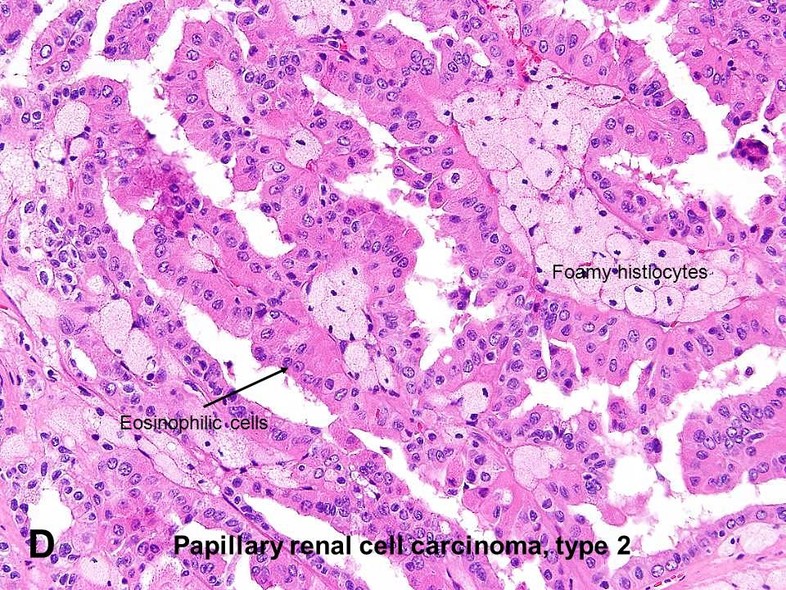
Papillary Renal Cell Carcinoma - American Urological Association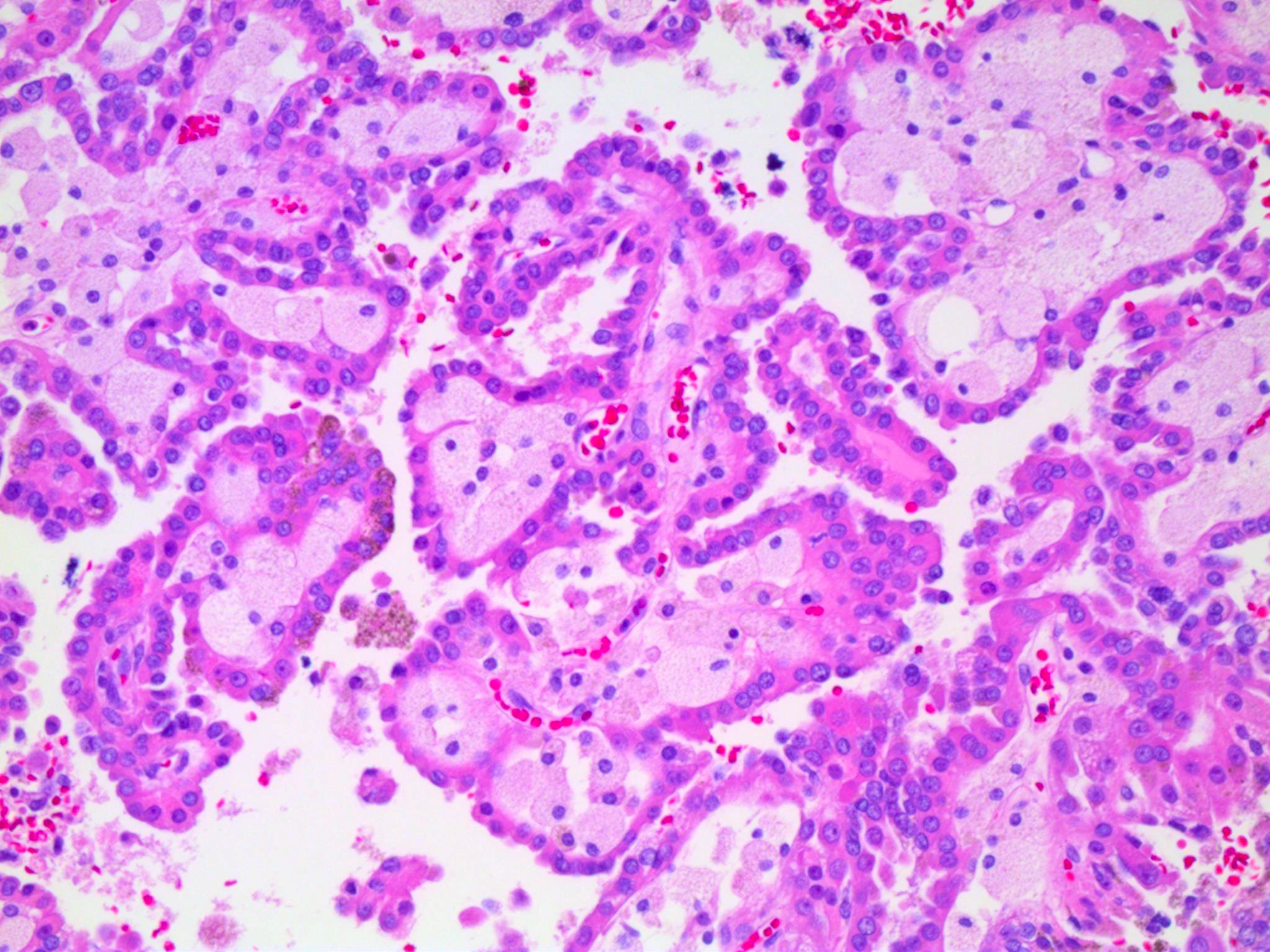
Pathology Outlines - Papillary
File:Papillary renal cell carcinoma 1.jpg - Wikipedia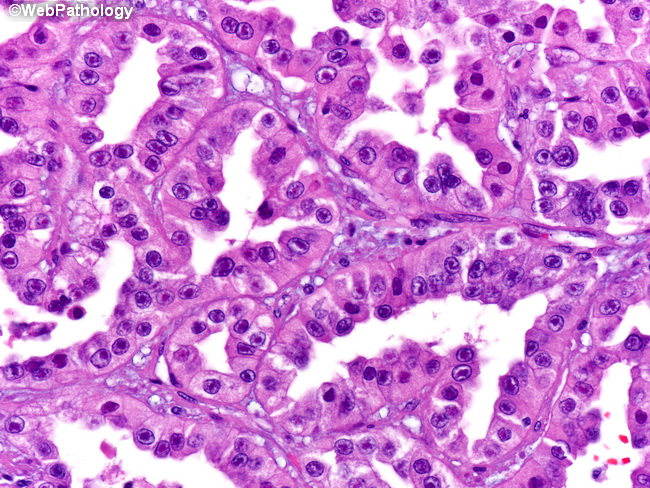
Webpathology.com: A Collection of Surgical Pathology Images
Papillary Renal Cell Carcinomas - an overview | ScienceDirect Topics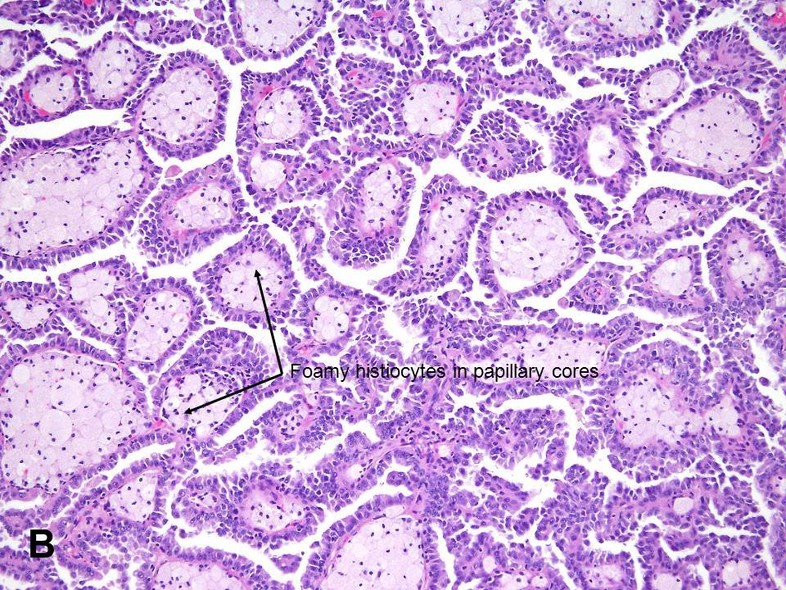
Papillary Renal Cell Carcinoma - American Urological Association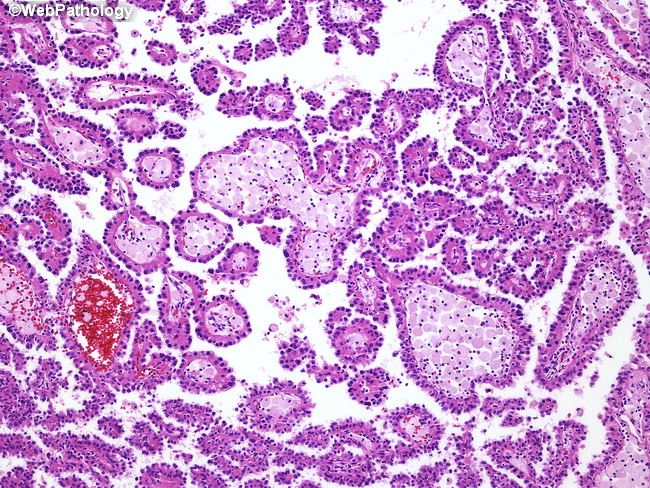
Webpathology.com: A Collection of Surgical Pathology Images
Papillary Renal Cell Carcinoma - An Introduction | ACKC.org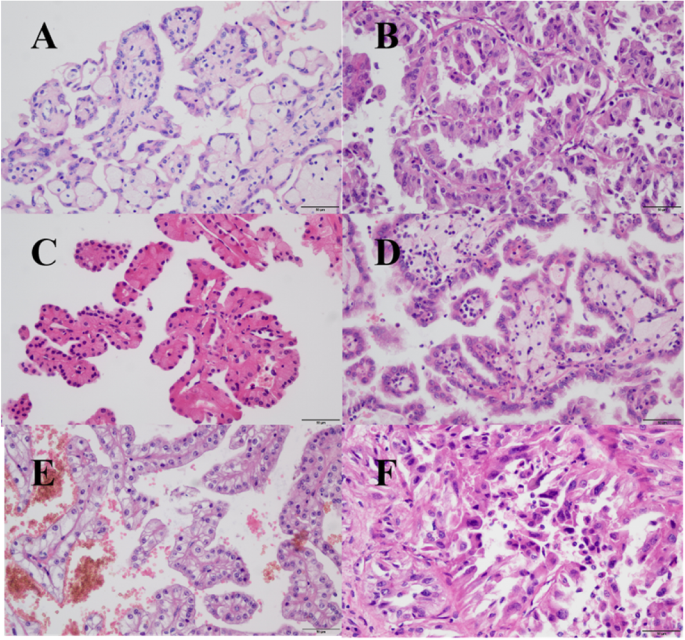
Comparison of clinicopathologic parameters and oncologic outcomes between type 1 and type 2 papillary renal cell carcinoma | BMC Urology | Full Text
Papillary renal cell carcinoma - Libre Pathology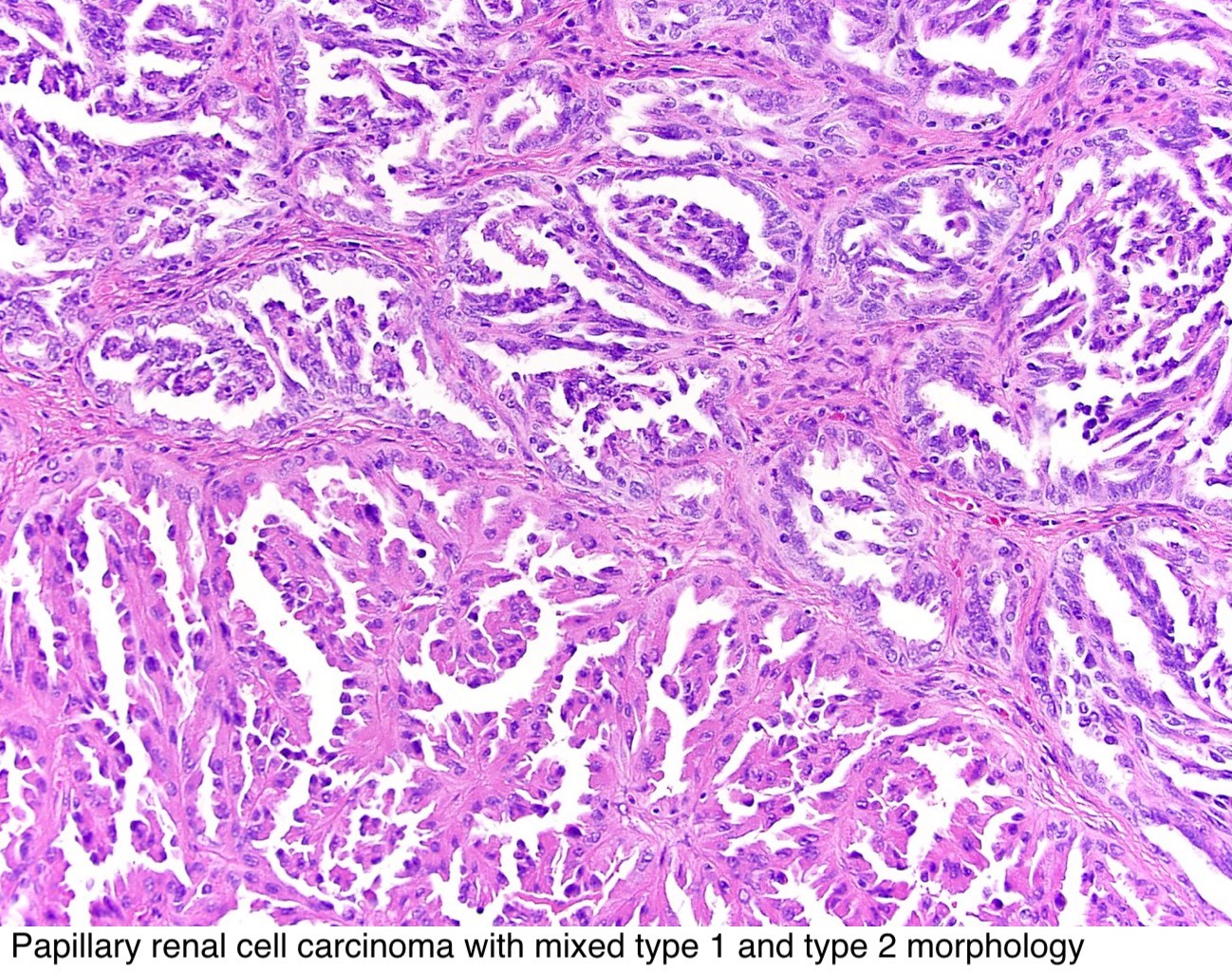
Pathology Outlines - Papillary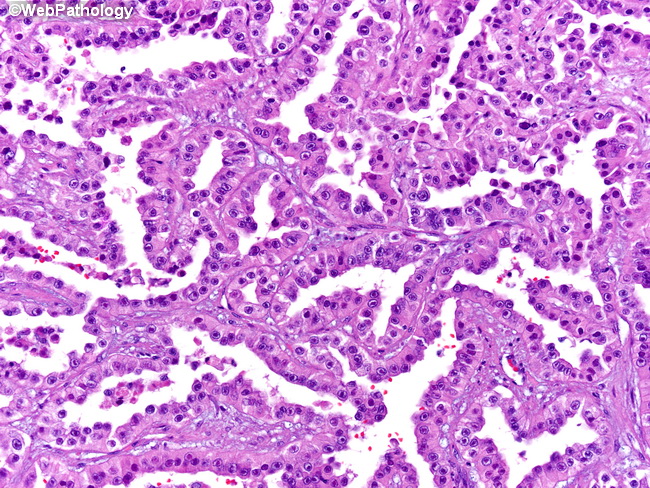
Webpathology.com: A Collection of Surgical Pathology Images
Papillary Renal Cell Carcinomas - an overview | ScienceDirect Topics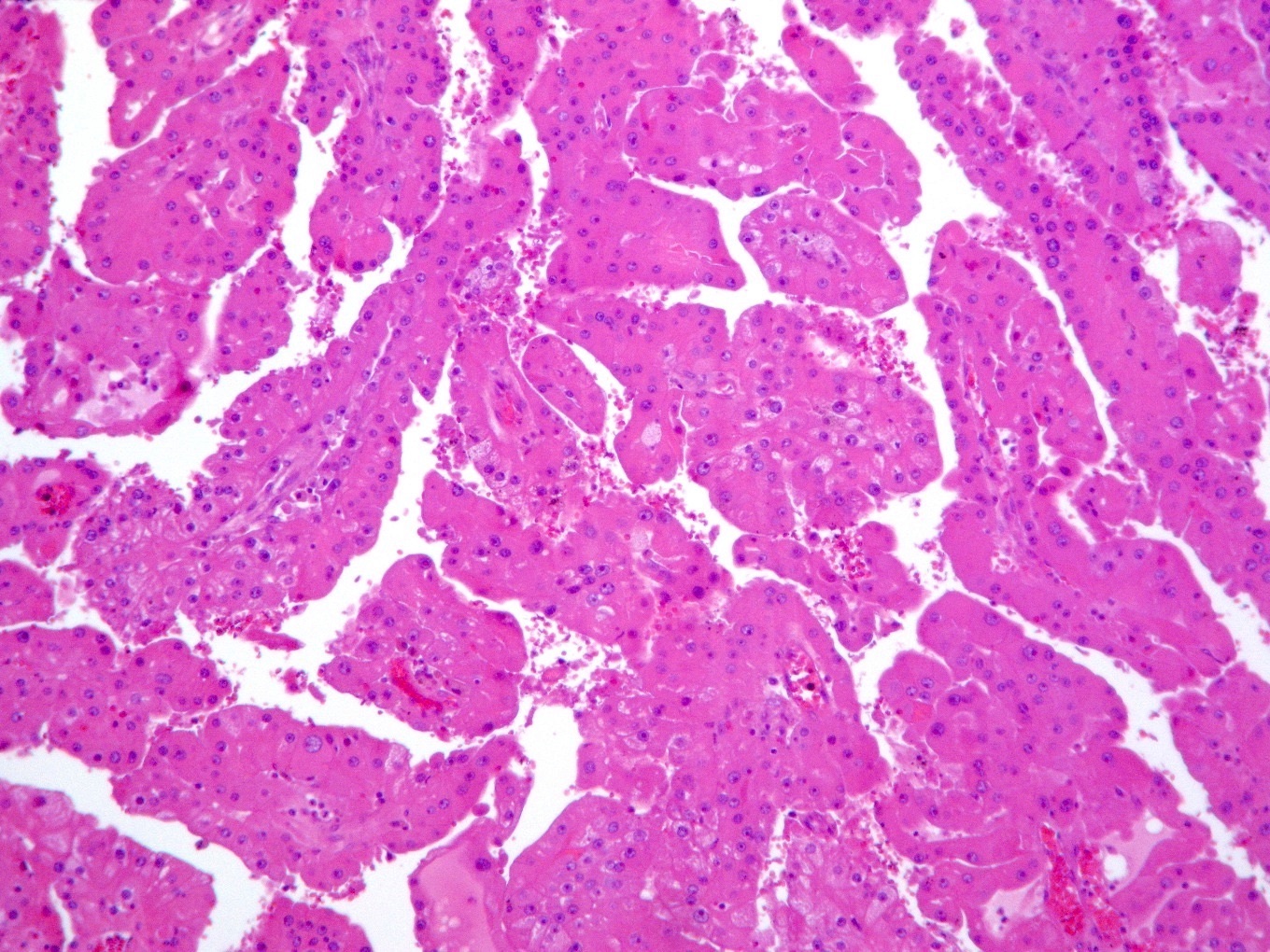
Pathology Outlines - Papillary oncocytic variant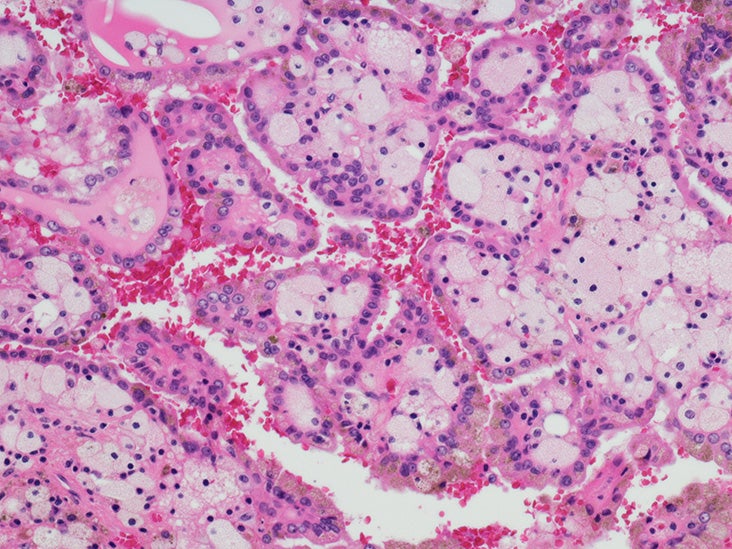
Renal Cell Cancer: Causes, Symptoms, and Diagnosis
A Molecular Classification of Papillary Renal Cell Carcinoma | Cancer Research
High Quality Pathology Images of Renal Cell Carcinoma | PracticeUpdate
Histopathology images of Renal cell carcinoma, papillary type by PathPedia.com: Pathology e-Atlas
File:Papillary renal cell carcinoma high mag.jpg - Wikimedia Commons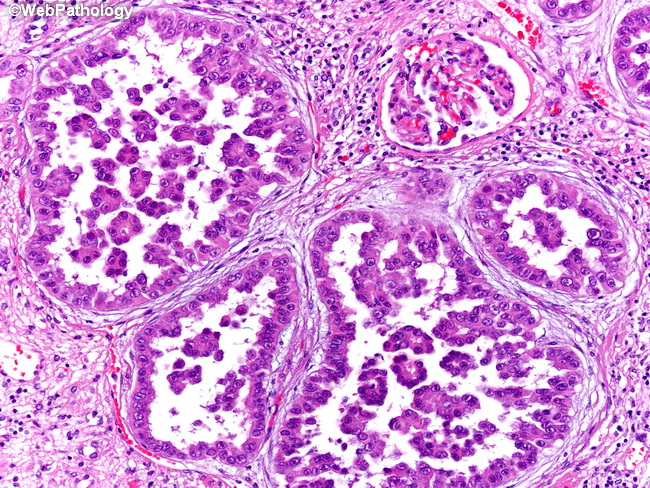
Webpathology.com: A Collection of Surgical Pathology Images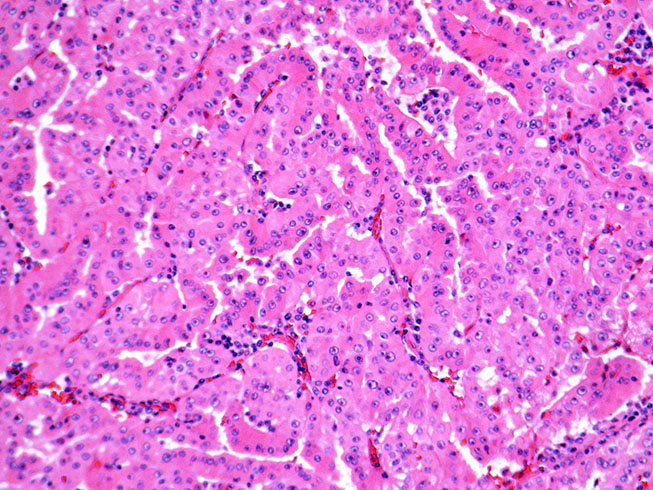
Pathology Outlines - Papillary oncocytic variant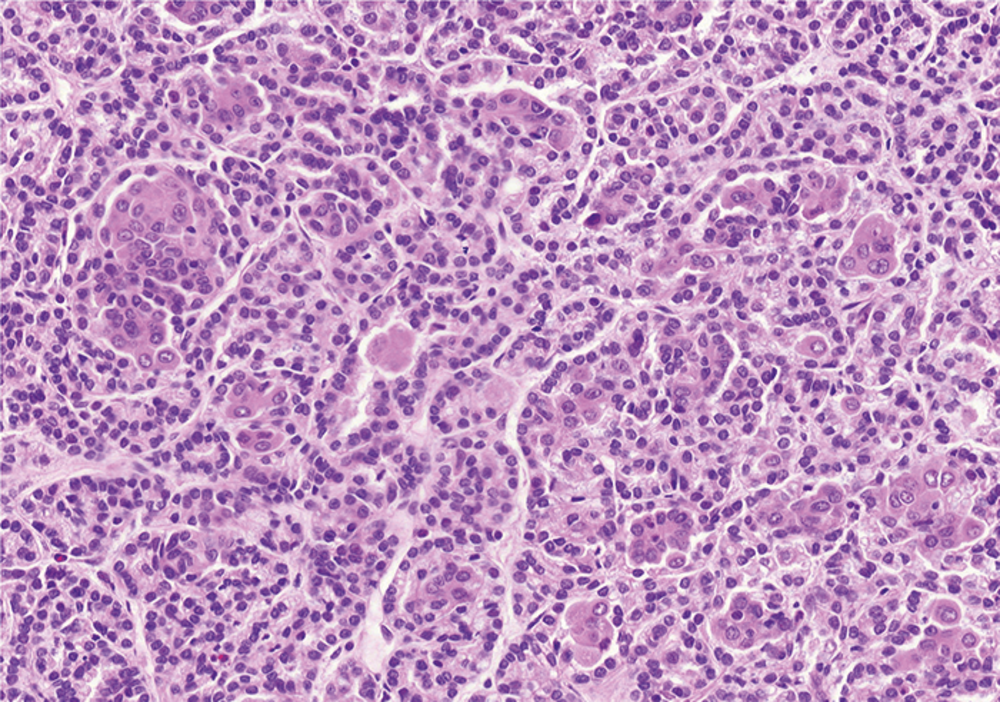
Case of the Month
Types of Kidney Cancer - UCLA Urology, Los Angeles, California (CA)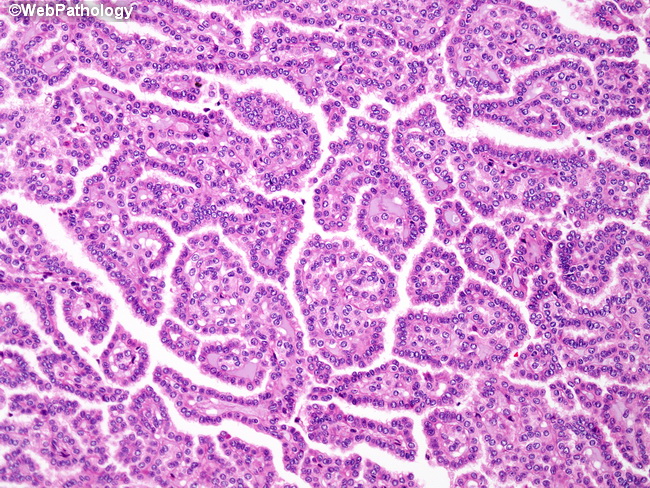
Webpathology.com: A Collection of Surgical Pathology Images![I Heart Pathology on Twitter:]()
I Heart Pathology on Twitter: "Papillary lesions again (sigh)... Papillary renal cell carcinoma quick factoids Type 1- more blue, lower grade nuclei usually Type 2- more pink, higher grade nuclei #PathTweetAward #IHeartPathology #
Pathology Outlines - Papillary
Type 1 papillary renal cell carcinoma in a 39-year-old asymptomatic... | Download Scientific Diagram
Renal cell carcinoma: histological classification and correlation with imaging findings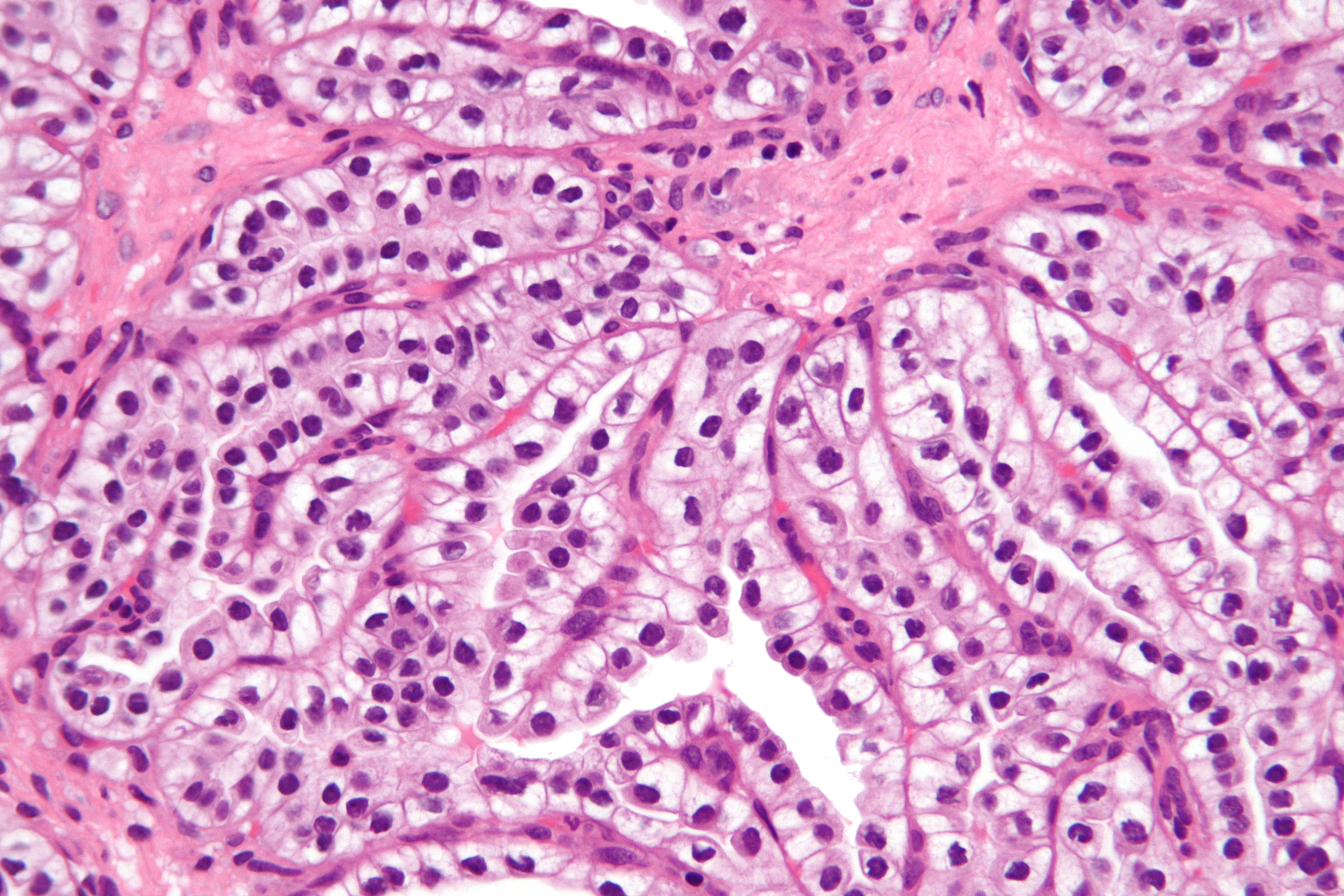
File:Clear cell papillary renal cell carcinoma - very high mag.jpg - Wikimedia Commons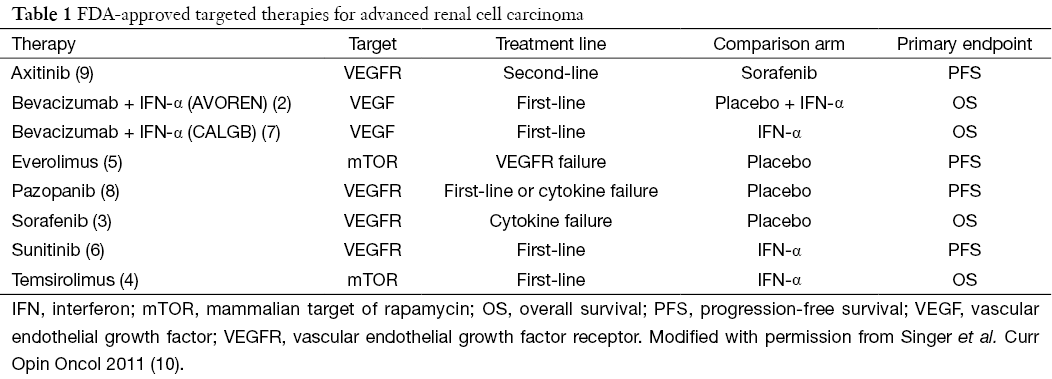
Improving our understanding of papillary renal cell carcinoma with integrative genomic analysis - Modi - Annals of Translational Medicine
Hereditary Renal Cell Carcinoma | Oncohema Key
Histopathology images of Renal cell carcinoma, clear-cell papillary type by PathPedia.com: Pathology e-Atlas
Renal cell carcinoma - Wikipedia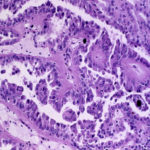
Kidney Cancer Pathology | KCCure | Types of Kidney Cancer
Pathology Outlines - Papillary type 1
Treatment Options for Patients with Non-clear Cell Histology/ Dr. Tannir | PeggyRCC.com
The Cancer Genome Atlas Comprehensive Molecular Characterization of Renal Cell Carcinoma
papillary eosinophilic renal cell carcinoma - Humpath.com - Human pathology
Classifying Histologic Subtypes of Renal Cell Carcinoma - Renal and Urology News
 Papillary renal cell carcinoma - Wikipedia
Papillary renal cell carcinoma - Wikipedia

































Posting Komentar untuk "papillary renal cell carcinoma type 1"